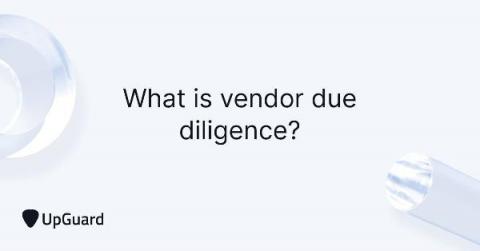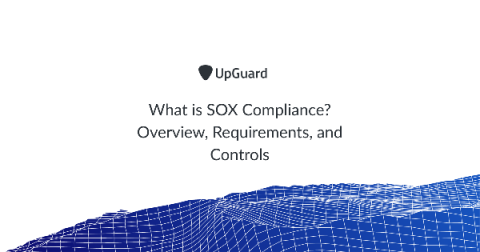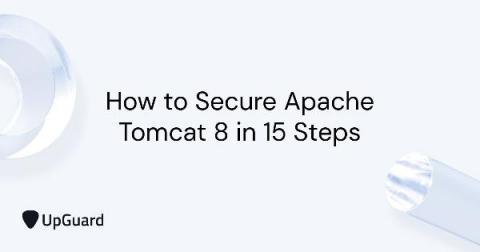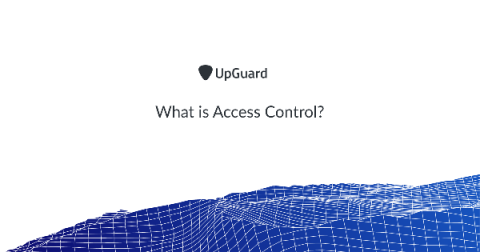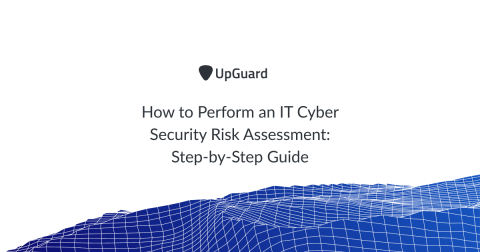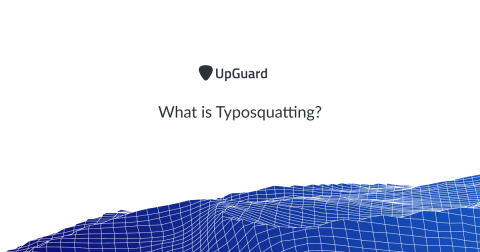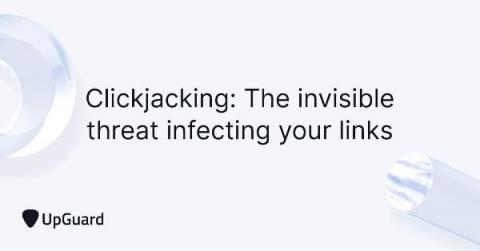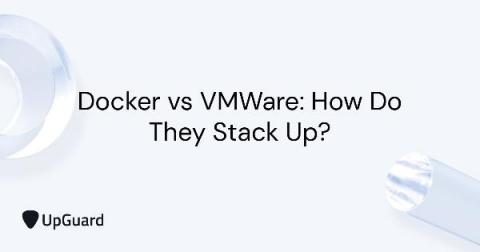Vendor due diligence: Protect yourself from third-party breaches
The most dependable cybersecurity strategies involve assiduously monitoring for external attack vectors. But if this is the only dimension you are monitoring, your internal networks could be compromised while your back is turned. The threat of a cyberattack is not only on the external front, many data breaches occur through compromised vendors, even highly reputable ones. To prevent cyber criminals from accessing your sensitive data through breached vendors, read on.


